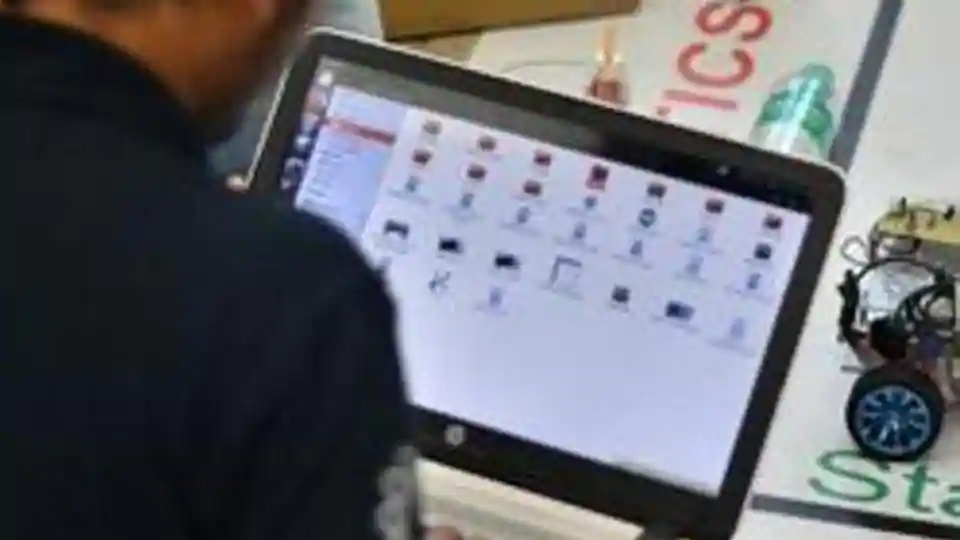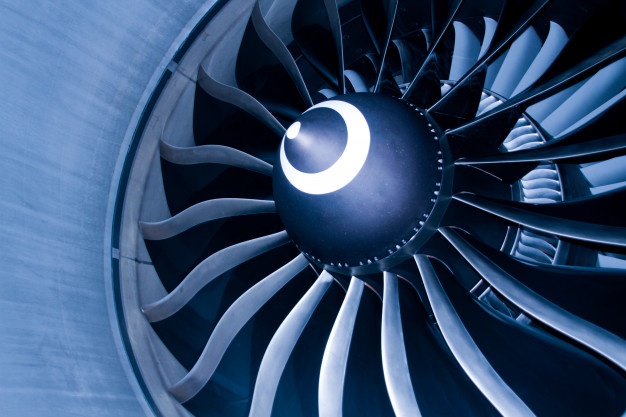Curated by the Knowledge Team of ICS Career GPS
Education

5 tips for students to enhance their productivity while studying at home
Excerpts from article by Rohan Parikh, published in The Hindustan Times
The Pandemic has caused a lot of disruption in the lives of adults and students alike. Parents are suddenly finding themselves juggling between the home and office work at all times of the day. For students too, staying focused and motivated can be difficult. Education might continue online, but with lockdown and physical distancing norms in place, students are losing out on socialisation, which can have an adverse effect of anxiety, depression or feelings of loneliness as well. Here are 5 tips on what students can do to increase their productivity and stay focused:
1. Create a routine
The one thing that helped students manage their day was a routine. They went to school for dedicated hours, then they came home, ate lunch, played a sport, engaged in some other activity, etc. Their days were planned and prepared. Creating a routine even while at home and help bring the structure back for students. Routine and structure will help students stay on top of their assignments, meet friends and have something to look forward to.
2. Build a dedicated study place
Studies have shown that one’s workspace can have an impact on their environment. When home and school are merged as one, it’s difficult for students to stay focused on their work. Dedicate a desk in a silent corner of the house as their ‘school space’. This is where they attend their classes, complete assignments etc. Make sure the desk is kept neat and tidy and also filled with colour so as to make it feel attractive and fun, not serious and boring.
3. Right amount of exercise
Exercise is very important for children. An hour of exercise or movement in a day can have a significant impact on learning. Exercise stimulates chemical changes in the brain that help enhance mood, thinking and brain function. Even with the physical distancing norms, it is possible for children to get good exercise. One can practice yoga, jump rope, hula hoop, in-door exercises, dance, etc.
4. Adequate sleep
Studies have shown that children who regularly get an adequate amount of sleep have improved attention, learning, memory, and overall mental and physical health. Make sure children receive at least 8-10 hours of sleep a night, and younger children may even require more.
5. Build goals, objectives and roadmaps
Having goals and objectives help children stay prepared. Whether they are school-related goals or personal goals, it’s good for students to build these and then build a roadmap on how they will achieve it. Knowing that they have an end goal and a method by which to reach it, will help students stay on track, and also give them that burst of motivation when they start achieving their goals.
Career

Aerospace industry in the Digital Age
Excerpts from article published in Strategic Intelligence, World Economic Forum
Thanks to the greater accessibility of digital information and cost-effective innovation, the air traffic management of manned and unmanned flights is expected to become better integrated – as a new era for drones comes to the fore.
More sustainable production and operation of air-and-spacecraft is also anticipated, and space access is becoming more affordable thanks to reusable rockets and miniaturised technology.
Meanwhile the aerospace industry’s role in defense and security remains critical, particularly amid the increasing militarisation of space.
Big Data & AI
Big data and artificial intelligence are ushering in a new era for the aerospace industry. The capture of massive datasets that can be analysed in order to optimise aircraft design, manufacturing, and automated flight control will have a tremendous impact on the aerospace industry.
However, while a new world of flight control based on artificial intelligence and automation is within our grasp, serious questions are being raised about airplane automation, following mishaps attributed to errors.
Cybersecurity, for both manned aircraft and drones, may also benefit from the use of big data – though it may also pose the greatest potential threat, at least when it comes to autonomous flight and air traffic management.
Meanwhile the Internet of Things, which can tie devices and tools together via the internet, is expected to extend to aircraft components – where it can provide continuous, in-flight monitoring of system status. This may not only enable safer flights, but also provide a constant flow of real-time information about components to their manufacturers and maintenance crews.
High-Speed Travel
High-speed travel also promises significant potential change for the aerospace industry. Both supersonic (faster than the speed of sound) and hypersonic (more than five times the speed of sound) flights are starting to become more feasible.
Boom, for example, is a company looking to bring back supersonic travel for the commercial market. Meanwhile Reaction Engines, another private firm, is working on technology that one day could allow hypersonic speed and space flight, thanks to a hybrid, air breathing rocket engine.
Cross-Domain Skills
The aerospace industry needs to revamp the skills wielded by its labour force. Aircraft design and manufacturing processes are becoming increasingly complex, particularly when it comes to unmanned aerial vehicles and space technologies.
Aerospace engineering education should reflect this change, and a stronger emphasis should be placed on developing interdisciplinary skillsets related to materials and robotics – for both the next generation of aerospace engineers, and for existing workers. This is particularly true in the case of manufacturing, where additive manufacturing (also referred to as 3D printing) has taken centre stage in recent years and has challenged conventional manufacturing norms.
Amid budget constraints and increased competition, the aerospace sector will have to achieve more with less. Its rapidly changing job market, in light of increasing digitalisation, may lead to severe skills gaps in high-end manufacturing.
Due to the constantly evolving, cutting-edge design and manufacturing techniques prevalent in this sector, attracting a sufficient number of university students to pursue STEM (science, technology, engineering and mathematics) programmes relevant to aerospace engineering will require transforming traditional classroom teaching.
Placing a heavier emphasis on hands-on approaches, tied to the use of virtual and augmented reality tools, could help in this regard. Spotting the right talent, and investing in it, could help manufacturers avoid skills shortages. Another strategy could involve investing in re-skilling programmes, in partnership with public institutions.
(This briefing is based on the views of the World Economic Forum’s Expert Network and is curated in partnership with Prof. Soo Jay Phee, Acting Dean of the College of Engineering, and Daniel New Tze How, Associate Prof., Nanyang Technological University.)
(Disclaimer: The opinions expressed in the article mentioned above are those of the author(s). They do not purport to reflect the opinions or views of ICS Career GPS or its staff.)
Like this post? For more such helpful articles, click on the button below and subscribe FREE to our blog.




